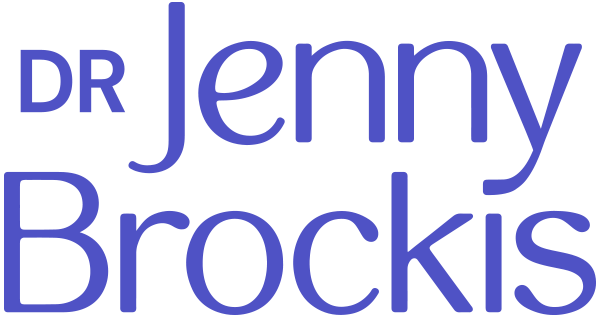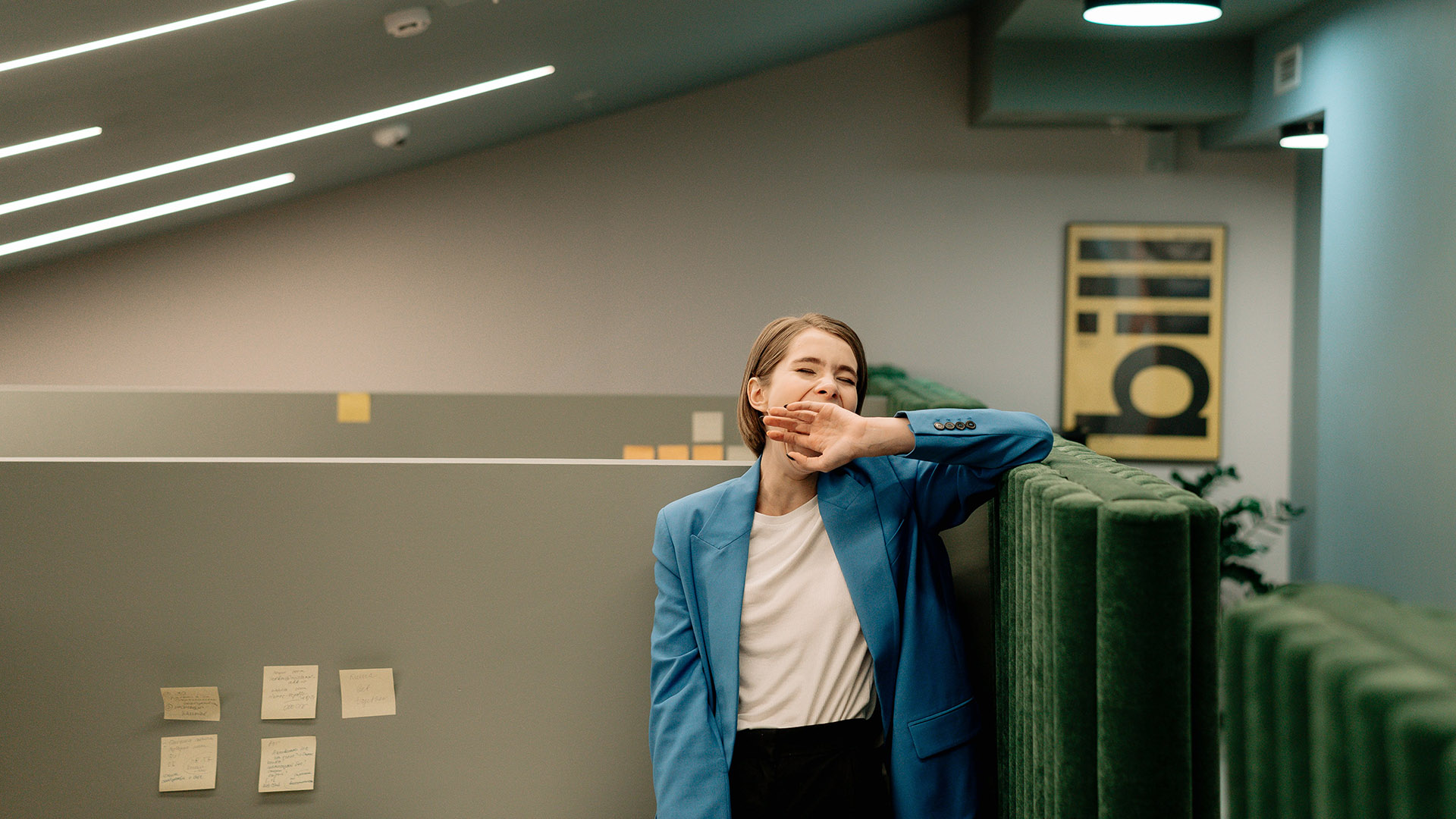If you’re still driving a car with a fuel tank, you know you won’t get very far if it’s on empty. Forgetting to fuel up can lead to an embarrassing or highly inconvenient forced stop.
Yet, when it comes to work, we seem quite comfortable to keep on keeping on, even when it’s obvious to everyone else around you, if not yourself, that your tank is definitely empty and you’re running just on fumes.
Is this you?
Because burnout appears to be something that almost everyone has either experienced themselves, thinks they could be burning out or knows someone else who has.
With 70% of New Zealand farmers feeling burned out, and 58% of Australian GPs, there’s clearly a lot of it about.
Which begs the question.
What is it about the modern way of working that is leading to so much exhaustion, overwhelm and stress?
It’s time to address the elephant in the room and call out overwork for what it is – a shortcut to a shorter, more stressed, unhappy, and unfulfilled life.
If you don’t want to be a part of this modern phenomenon, what can you do to keep yourself safe?
It’s a three-pronged approach and just like a three-legged stool, each leg needs to be of the same length and strength for balance.
1. You.
As a burnout survivor, I’ve learned how I contributed to my own story. A people-pleaser, perfectionist, high-achiever, and workaholic I was a nightmare of my own making. Anxious, always seeking to be of service, to work my hardest and at the highest level, I was fully prepared to drive myself into the ground. After all, that is what I signed up for when I entered medicine.
I had no boundaries. Attempting to meet my unrealistic high expectations was my only goal. Work was my reason for being, my passion and obsession. Running my general practice was my first love, my husband and kids second and I never came into the picture.
Living in a state of constant high intensity and focus meant I stayed blind to the exhaustion, the growing dread of being at work and the drop in my ability to work well, until I toppled over the cliff edge of complete burnout.
Experience can be a tough teacher. Now I recognise the need to switch off completely from work, (and have learnt how) to get enough rest, (including sleep) to be more present with my family and have fun. Burnout is preventable, so the first step is about building the self-awareness of how much work you can realistically handle on a regular basis and to set yourself some limits.
Essentially, to treat ourselves as human, not machine. Loving your work too much is a health hazard.
2. Your support network.
Your social network is the beating heart of your ability to thrive. While there is much you can achieve on your own, it is when you have the support, trust, respect, and encouragement of others that the magic truly happens.
Whether you are a tennis pro, a well-known actor, a CEO, executive or busy professional, your ultimate success and ability to stave off burnout will be having others around you, who know you and care about you and will call out if and when they see that you are driving yourself too hard. Because it’s the same as when we are chronically sleep-deprived. The first thing to go missing is the insight to just how tired you really are.
The individual most at risk of burnout are the overextended, exhausted, and caring individuals who care deeply about their role and the people they serve. Which is why frontline healthcare workers, teachers and paramedics are especially at risk.
3. The Organisation.
It’s one thing to put into place ways of reducing your cognitive load and stress for yourself but these will only work when supported by the workplace culture. That’s why taking a long weekend off, is only a temporary fix. Jumping out of the frypan for two to three days will cool you down, but what happens when you jump straight back in again?
This is where effective leadership is essential to setting the tone, where managers and supervisors recognise what a reasonable workload is, when workplace practices have become outmoded or cumbersome and need to be rethought through and they model their own behaviours to demonstrate how they support you and other employees, to encourage and acknowledge great work, and ensure everyone has the resources they need to perform at their best.
A healthy organisation is one that adopts a human-centered approach to create a great place to work.
Is burnout something you’ve had to deal with, if so, what worked for you and what do you now do differently to prevent it happening again?
Jenny is a Board-Certified Lifestyle Medicine Physician, author, coach, and workplace health and wellbeing specialist. Her latest book Thriving Mind: How to Cultivate a Good Life (Wiley) is available online and at all good bookstores.


